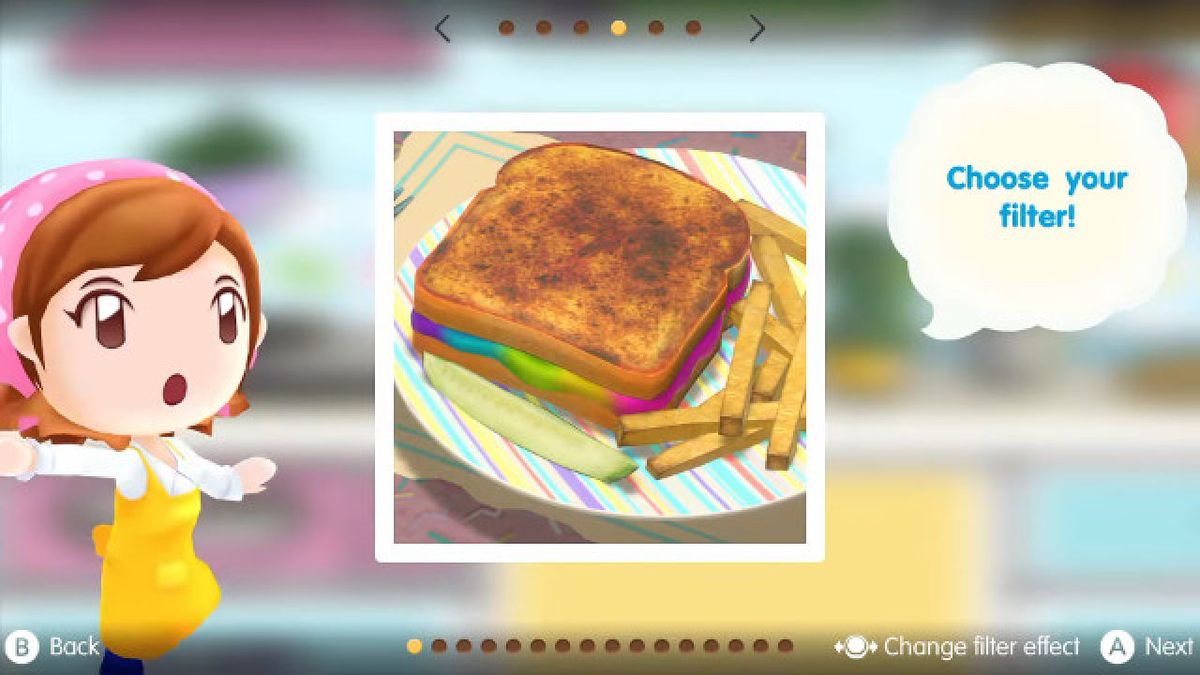
BotW’s structure is loose and open-there’s no ticking clock, no fixed order or timeline needed to complete its many quests-which gives the player freedom to explore its open world as much as they please. Playing as the hero Link, your goal is to defeat an evil spirit named Ganon, fulfilling your destiny and saving the realm of Hyrule and its princess, Zelda, from an eternity of desolation, darkness, and destruction. Goliath morality tale as much as I do, be sure to buy the game at our Amazon affiliate link. You can allow the faceless company to outcompete the villagers-and profit in the process-or you can befriend your fellow residents, help their businesses survive, and invest your time, money, and energy in the town’s future. In the background of the game, there’s a subtle conflict between the townsfolk and a tech monopoly that’s threatening to put the whole town out of business. The food connection already makes the game a winner, but what really makes Stardew Valley shine is the character of the village and its denizens, which are at risk of disappearing. Sure, the art is pixelated, but Stardew satisfies the very real part of my brain that wants to leap off the grid and start a new life on the range. Gifting your crops to villagers is a great way to befriend them, prompting new plot developments and dialogue options, and, in the case of the other bachelors and bachelorettes in town, the opportunity to fall in love and get married. It’s a game about community, and specifically about the way that food and the people who produce it are instrumental in building that community. Whatever the case may be, to quote a famous plumber-and Chris Pratt, apparently -“ Let’s-a-Go!”Īs time passes in the game, seasons change and bring with them new crops to grow, new life milestones for your character and their neighbors, and new holidays to celebrate. Maybe you need a game other than Animal Crossing to justify preordering Nintendo’s newest gadget. Maybe they’ll spark the same joy you experienced while playing Cooking Mama on your old DS. There’s something for everyone: Maybe they’ll get a gamer in your life more engaged around dinnertime. Just in time for the bigger, brighter OLED version of the Switch, these are a few of the titles that bridge the divide between my two favorite hobbies, each in their own special way. Some developers, both indie and triple-A, have found ways to make in-game eating feel exciting and worthwhile, proving that food-centric video games were possible all along.

Luckily, even if boring food in video games is a pattern, it’s not a rule. Almost universally, it feels like video game developers view food as nourishment and nothing more, dooming their characters to exist on pixelated meal replacement bars and nutrition shakes. In action games, food is usually the slow, crappy way to heal your character-the last resort when you’re out of medical kits or potions-and in survival games, eating is usually more of a resource management problem than a part of the game meant to surprise and delight. My problem is that food and its associated pleasures almost always feel like an afterthought. Like, in a medium where just about anything is possible, I don’t need to spend my time peeling potatoes and mincing garlic for a stew. To be clear, I don’t mean that food mechanics aren’t realistic enough.


I’d always loved video games and cooking as separate hobbies, but enjoying both at once left me with a lingering question: Why does the food in video games pretty much always suck? In handheld mode, I could pass the time while soups simmered and bread doughs doubled in size by running laps in Mario Kart, exploring the world of Skyrim, or rehearsing Super Smash Bros. When lockdown started, I spent hours in my kitchen playing games on my Nintendo Switch.


 0 kommentar(er)
0 kommentar(er)
